- News
-
-
-
-
-
Latest News Articles
- 2024 TWS Elections: Southeastern Representative May 2, 2024
- A sound future for birds starts before birth May 2, 2024
- ‘Supercomputing’ uncovers information about great gray owl May 1, 2024
-
-
-
- Wildlife Professional Resources
-
- Our Network
-
- PUBLICATIONS
-
-
Recent Posts
-
 The Wildlife Professional November/December Issue
November 1, 2023
The Wildlife Professional November/December Issue
November 1, 2023
-
-
-
-
-
-
- Wildlife Events
-
-
-
Upcoming Webinars
- No Events
-
-
-
- Who We Are
-
Geographical Location: United States
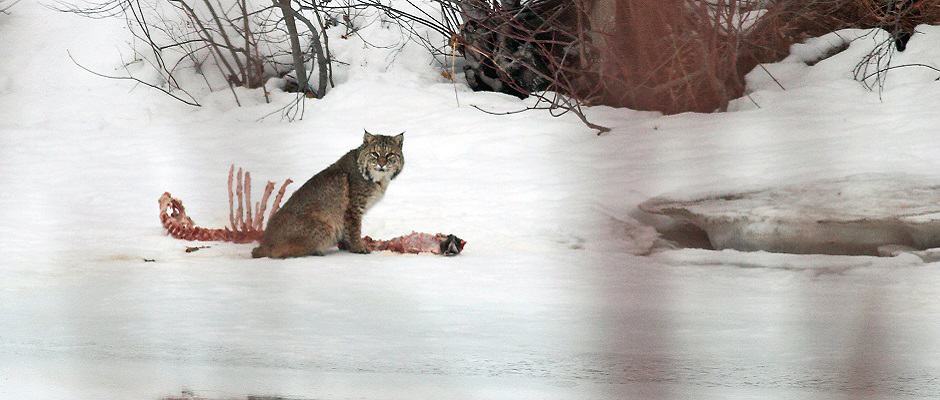
June 1, 2017
New Hampshire’s bobcats are back
Not long ago, bobcats (Lynx rufus) were elusive creatures in New Hampshire, but TWS member John Litvaitis, an emeritus professor of wildlife ecology at the University of New Hampshire, has...
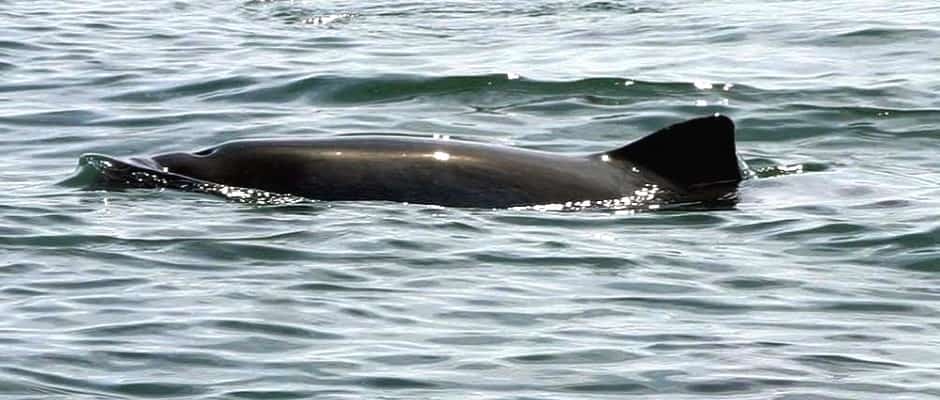
June 1, 2017
Porpoises found to frequent proposed Maryland windfarm site
According to most wildlife guides, harbor porpoises (Phocoena phocoena) don’t typically range south of New Jersey. But recent research shows that during winter, these marine mammals regularly feed in an...
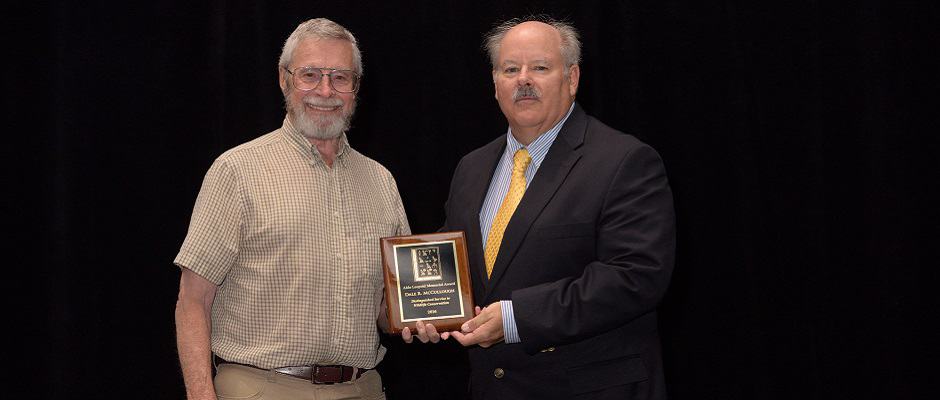
May 30, 2017
Does culture stand in the way of science?
Registration for The Wildlife Society’s 24th Annual Conference in Albuquerque, New Mexico, is now open! Members can register through Your Membership. For more information on the conference, and non-member registration,...
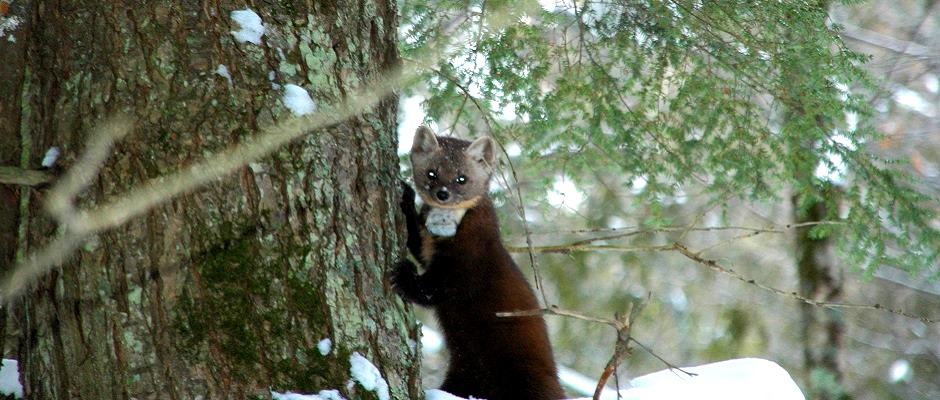
May 24, 2017
WSB Study: Scientists quantitatively tell tracks apart in snow
Biologists surveying carnivore populations in snow-covered regions often have a hard time differentiating between the tracks of similar species. By analyzing track characteristics and snow measurements, a recent study focused...
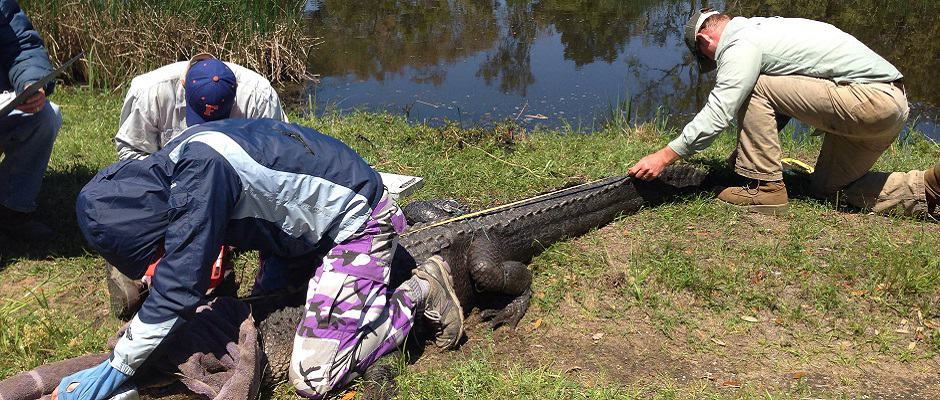
May 24, 2017
35-year study sheds new light on alligators’ lifespan
American alligators (Alligator mississippiensis) can live as long as humans, making it difficult for scientists to conduct long-term studies on them. But Phil Wilkinson, a retired manager of South Carolina’s Tom...
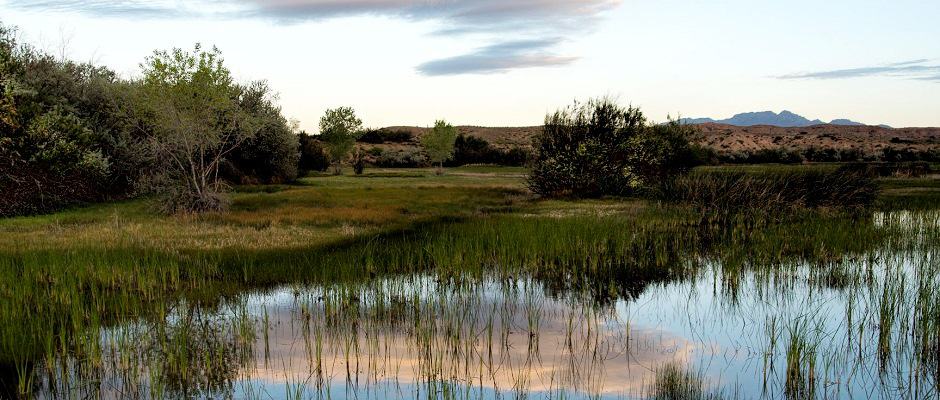
May 24, 2017
The ‘Sev’: Hidden gem of Central New Mexico
For many attendees, the location of this year’s TWS Annual Conference in the Southwest offers new and unique opportunities to experience the wildlife in ways not possible elsewhere in the...
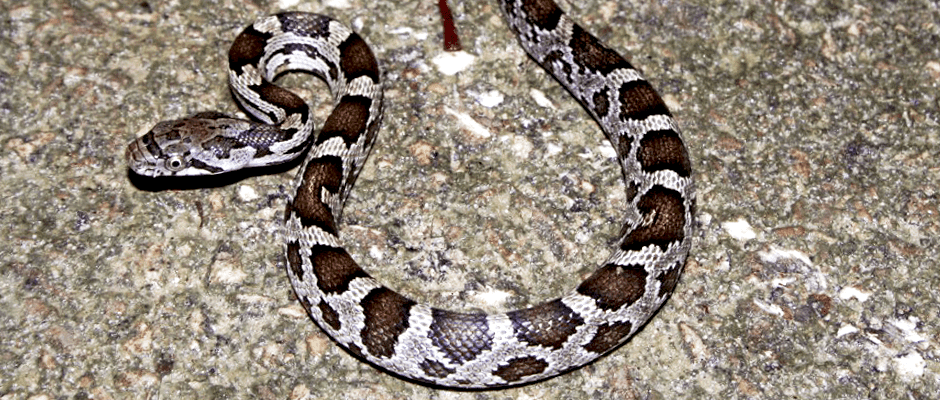
May 23, 2017
Virginia snake ID “hotline” helps spare harmless snakes
A snake identification “hotline” launched by a private wildlife removal business in Virginia has become an overnight sensation, with queries pouring in from around the state and across the country...

May 22, 2017
Longtime TWS member Bill Hepworth honored for pronghorn work
His lifelong research earned him a spot in Wyoming’s Pronghorn Hall of Fame When Bill Hepworth began studying Wyoming’s iconic pronghorn (Antilocapra americana) in the 1960s, the fleet-footed animal still...
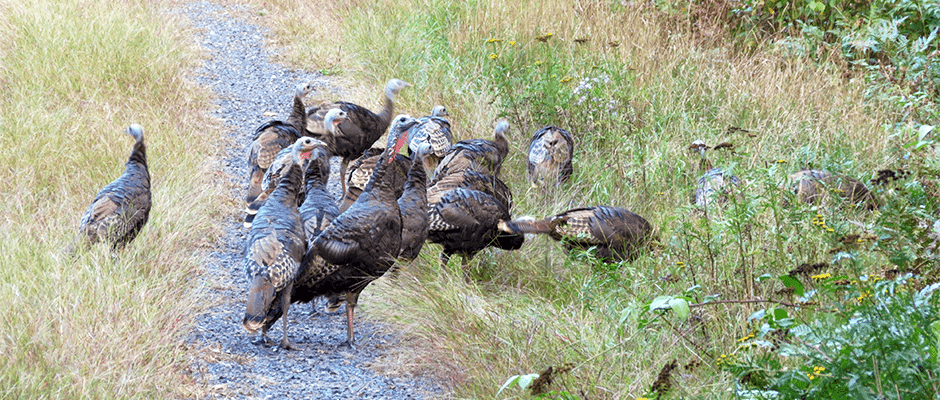
May 18, 2017
JWM study: Wisconsin wild turkeys adapt to mixed landscape
Since managers reintroduced wild turkey (Meleagris gallopavo) to Wisconsin in the mid-1970s, farming has expanded and intensified on the landscape. Despite habitat degradation, a new study suggests, these birds have...
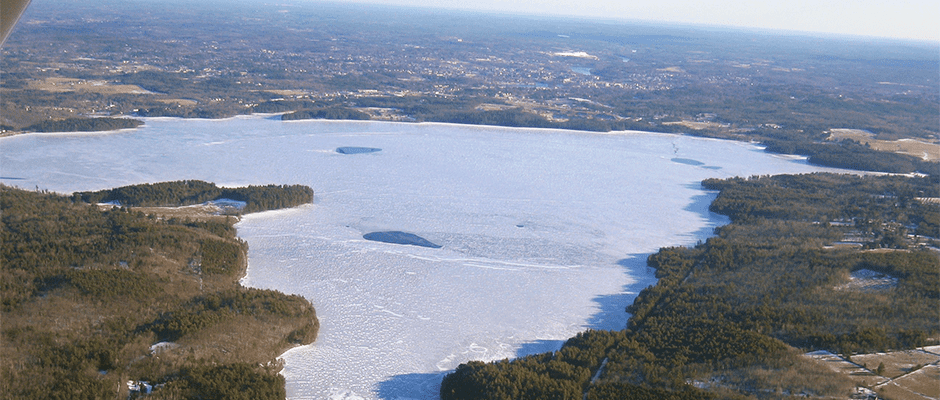
May 15, 2017
From Pristine to Polluted and Back — from The Wildlife Professional
The waters of Maine’s Lake Auburn were renowned for being pristine. Surrounded by fields, forests and the grassy campus of Central Maine Community College, the 2,260-acre lake above the towns...

